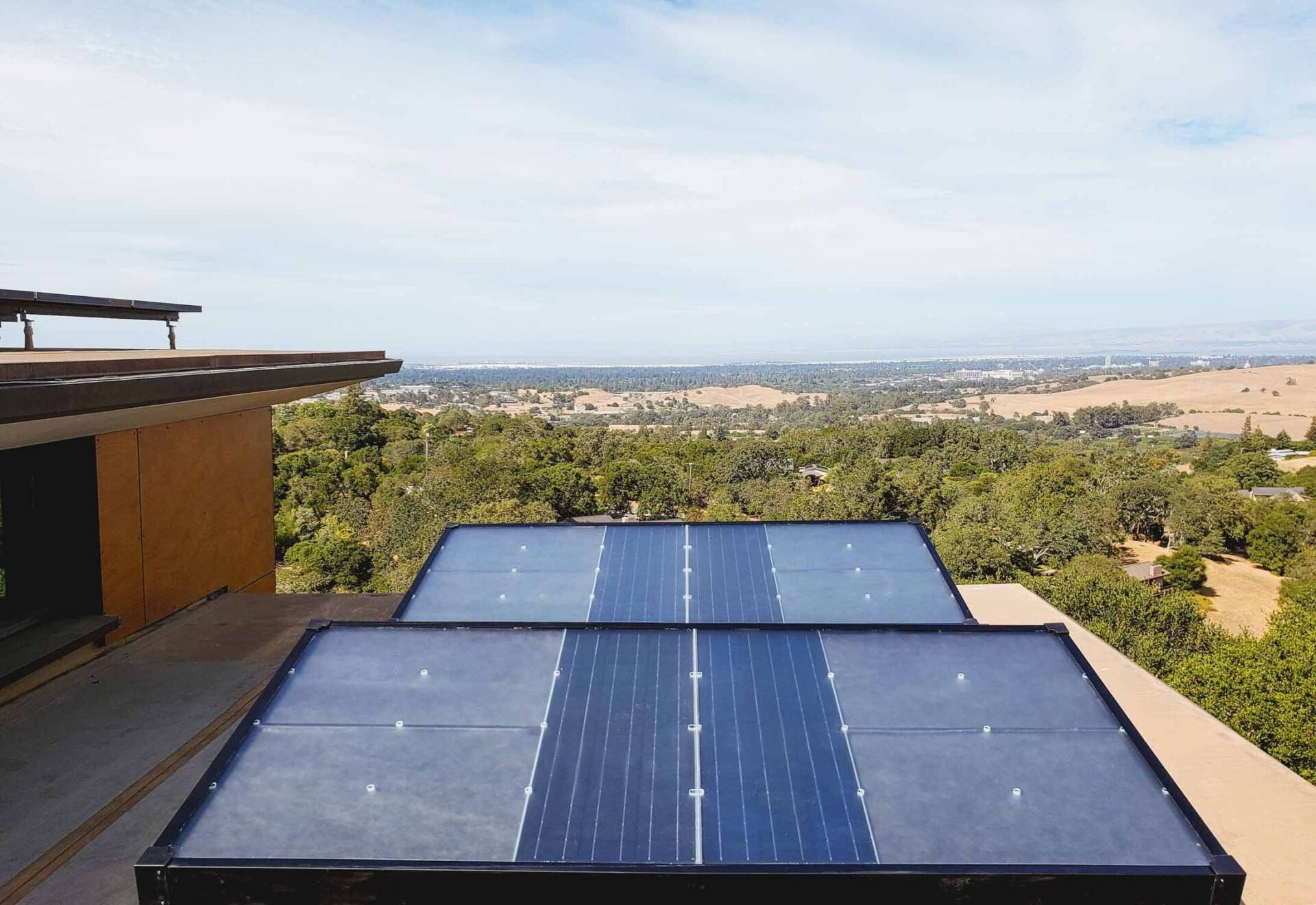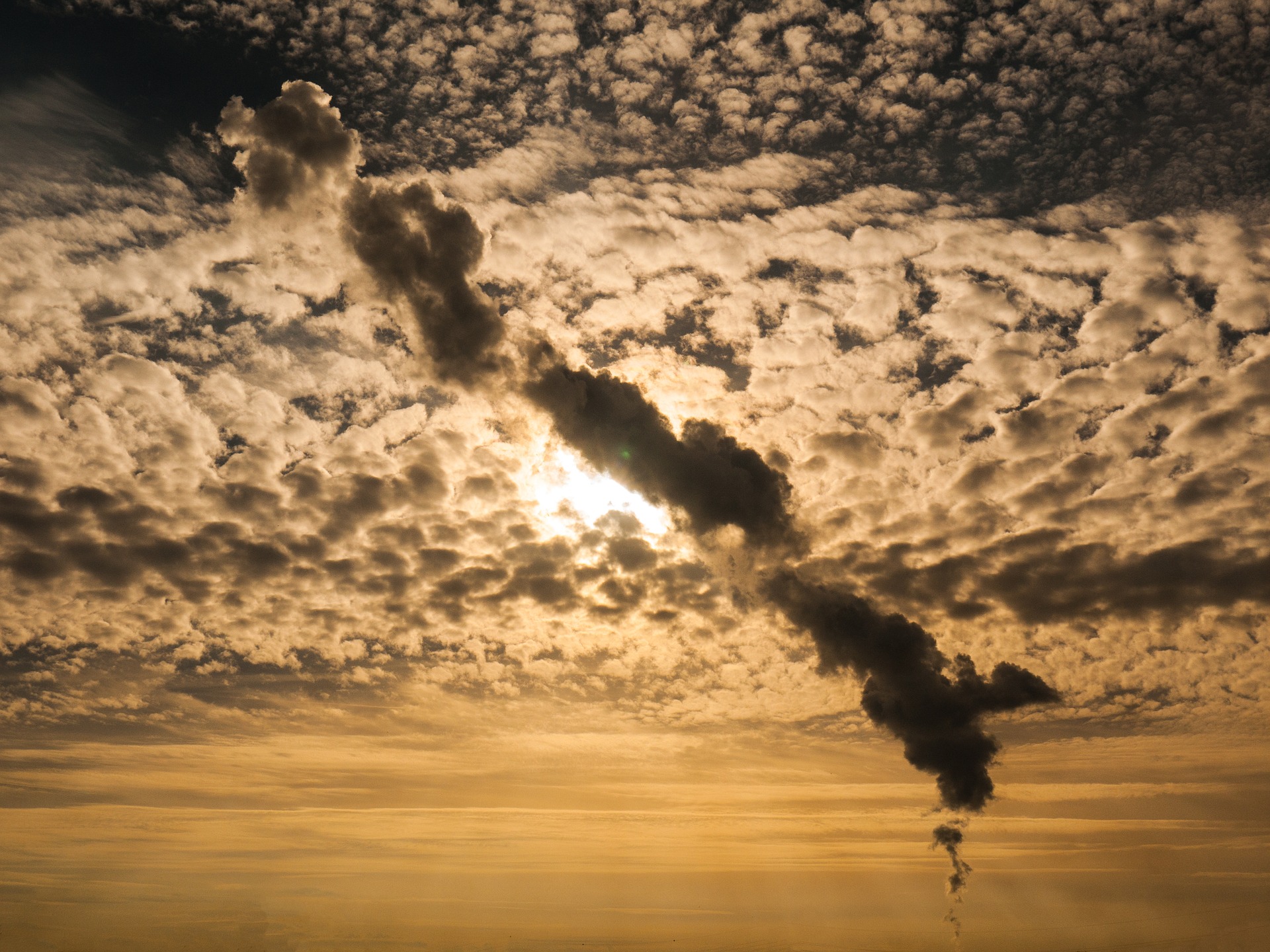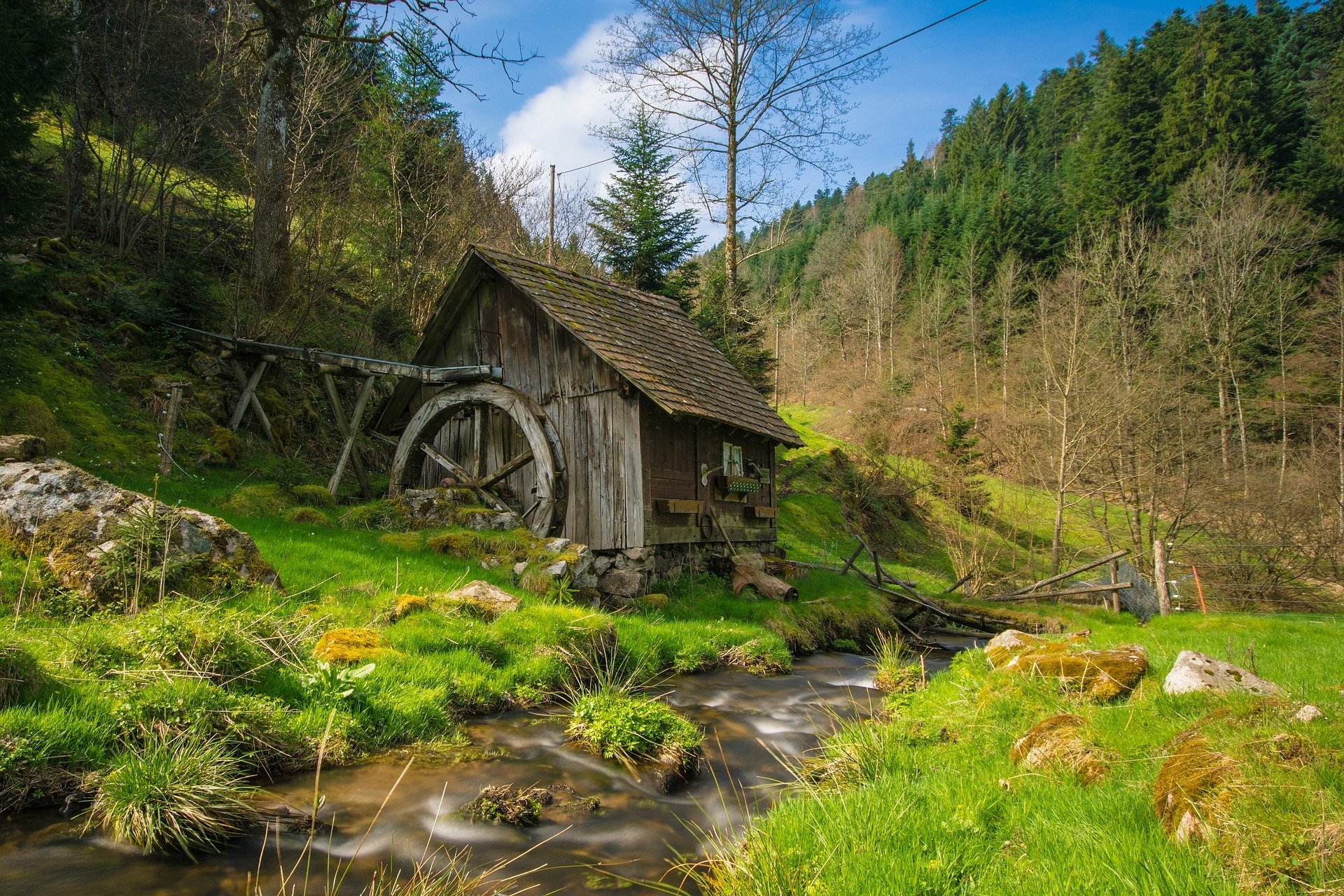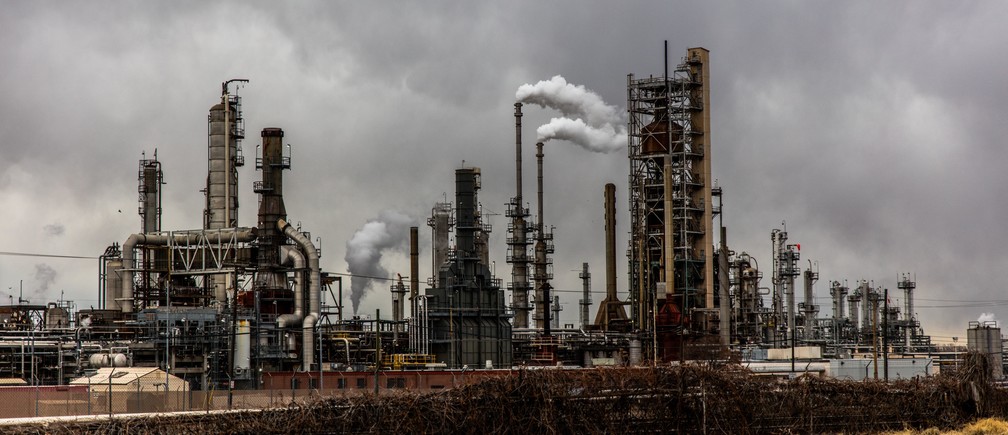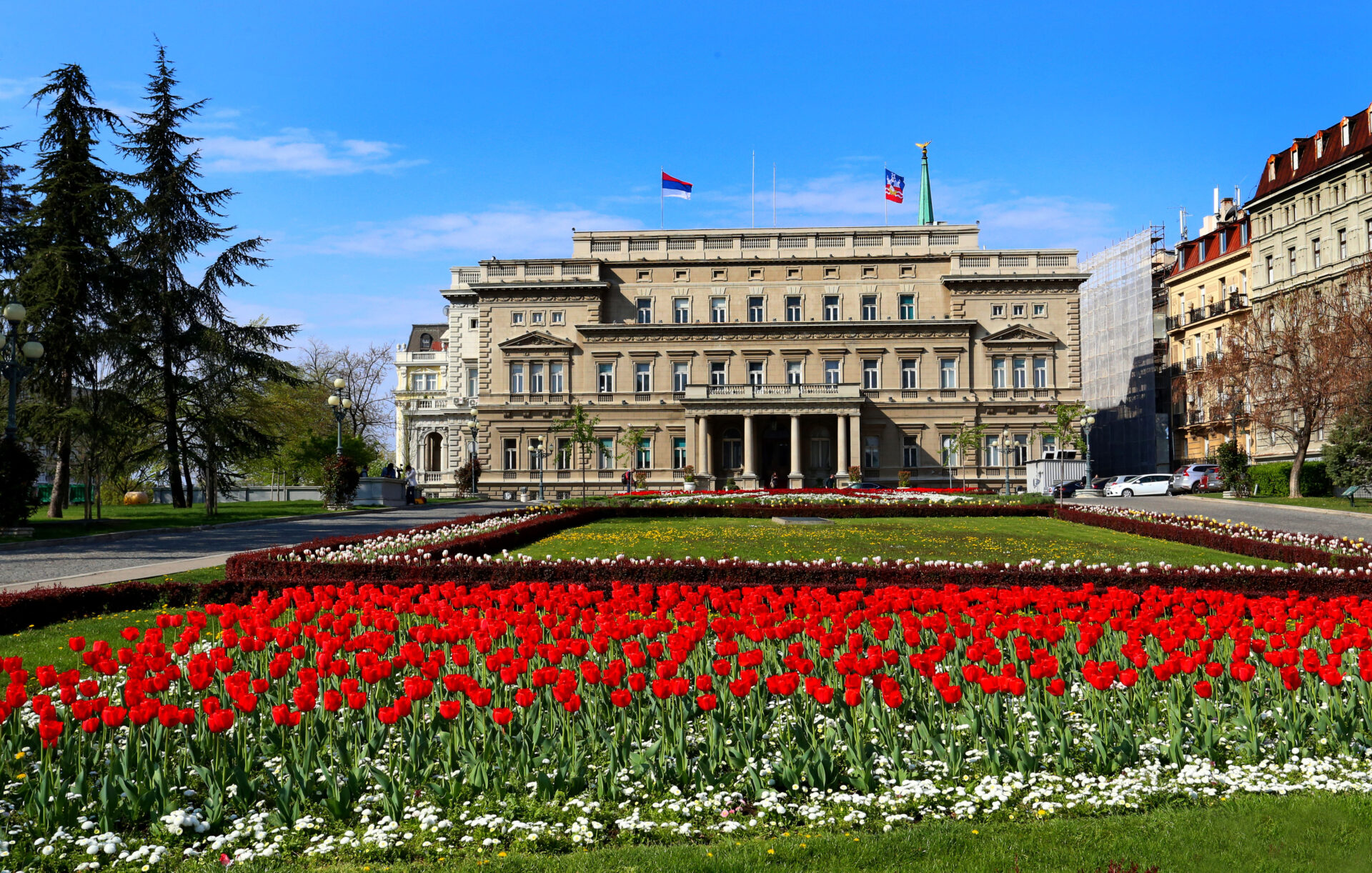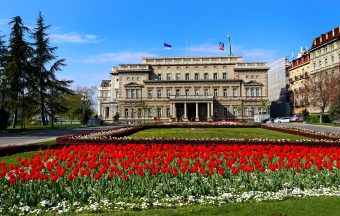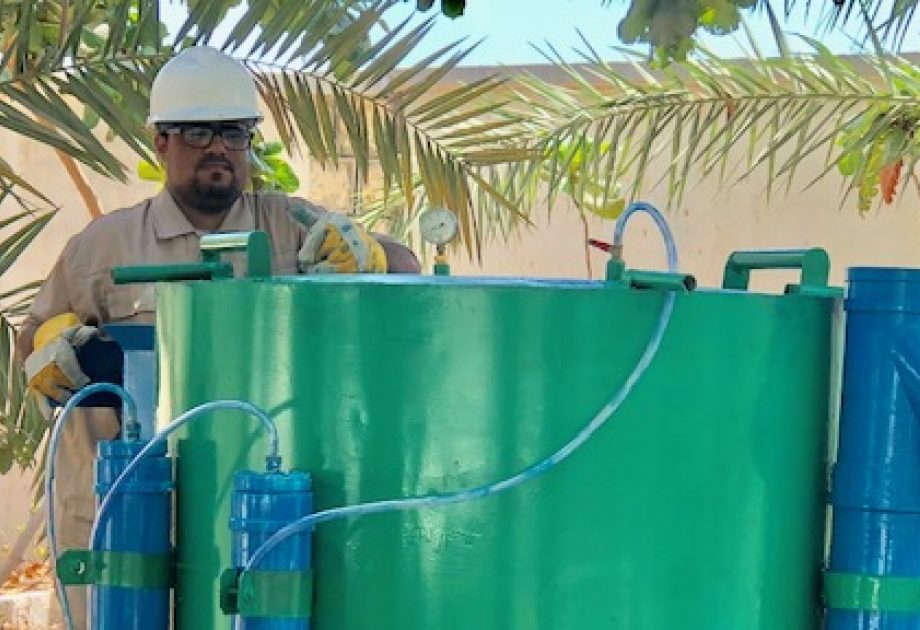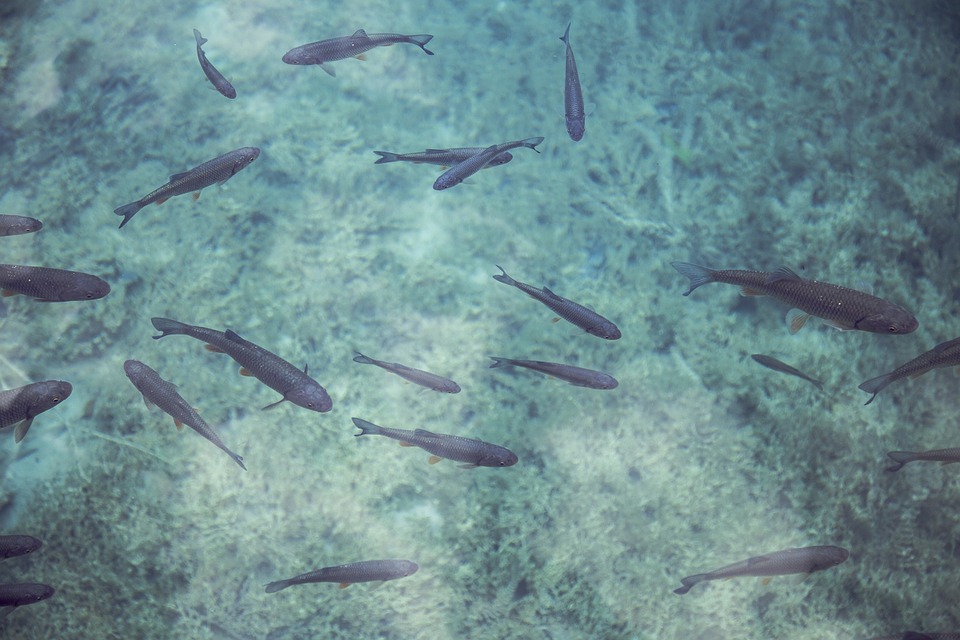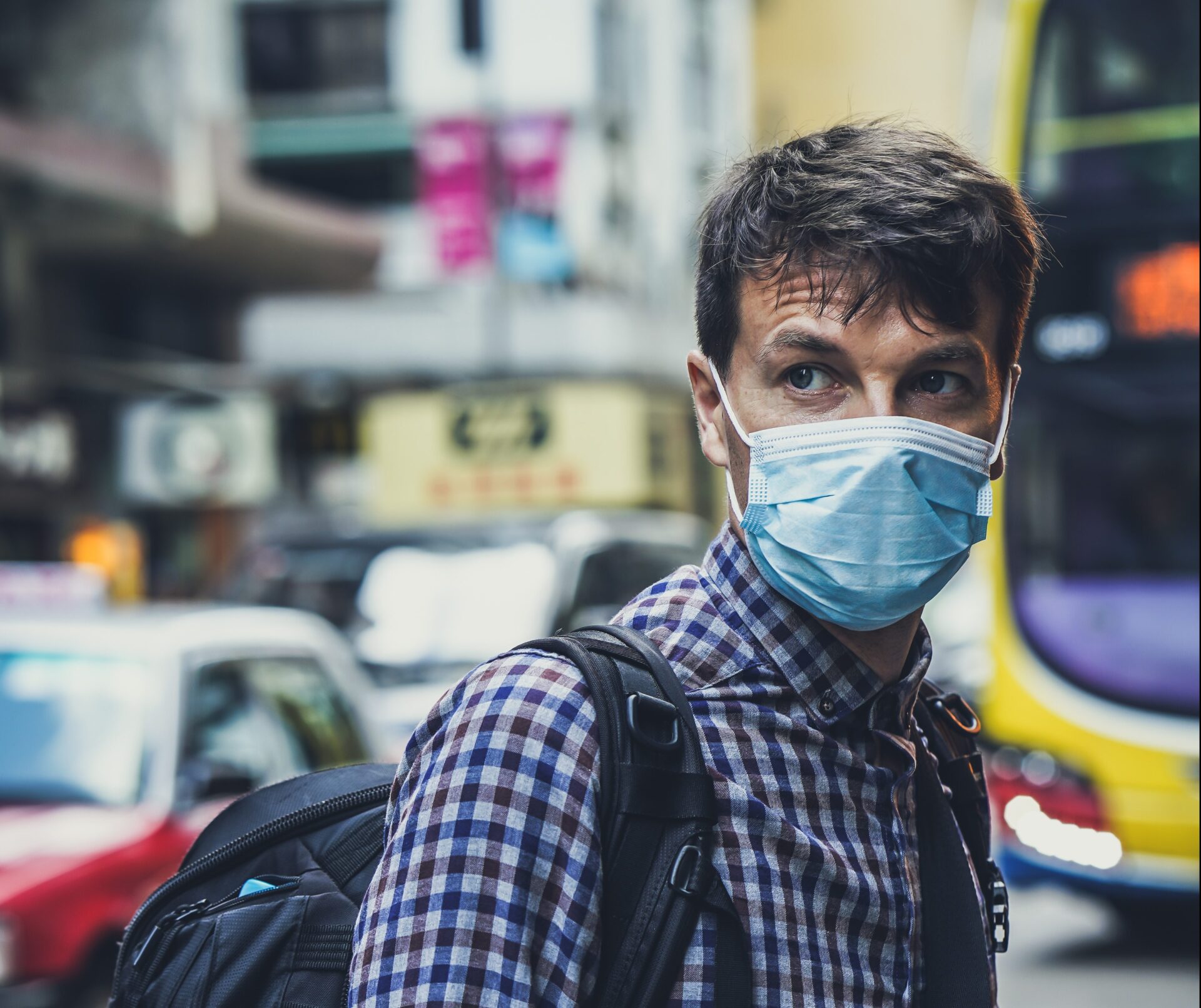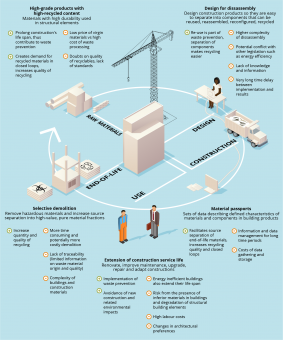
In June 2019, the Energy Community Secretariat published a study on analysing and quantifying direct and hidden subsidies to support the coal sector in Bosnia and Herzegovina, Kosovo*, Montenegro, North Macedonia, Serbia and Ukraine during the period 2015-2017. The Secretariat sent a follow-up preliminary assessment of these subsidies under the Energy Community State aid acquis to the competent State aid authorities to further assess these measures as to their compatibility with the State aid acquis. DG Competition of the European Commission was informed as well.
Under the Energy Community Treaty, the Contracting Parties must ensure that any public aid which distorts or threatens to distort competition by favouring certain undertakings or certain energy resources is prohibited. As State aid may distort competition and affect cross-border trade in energy, the control of aid granted by public authorities is of key importance for the establishment of a regional energy market.
Source: Energy Community





